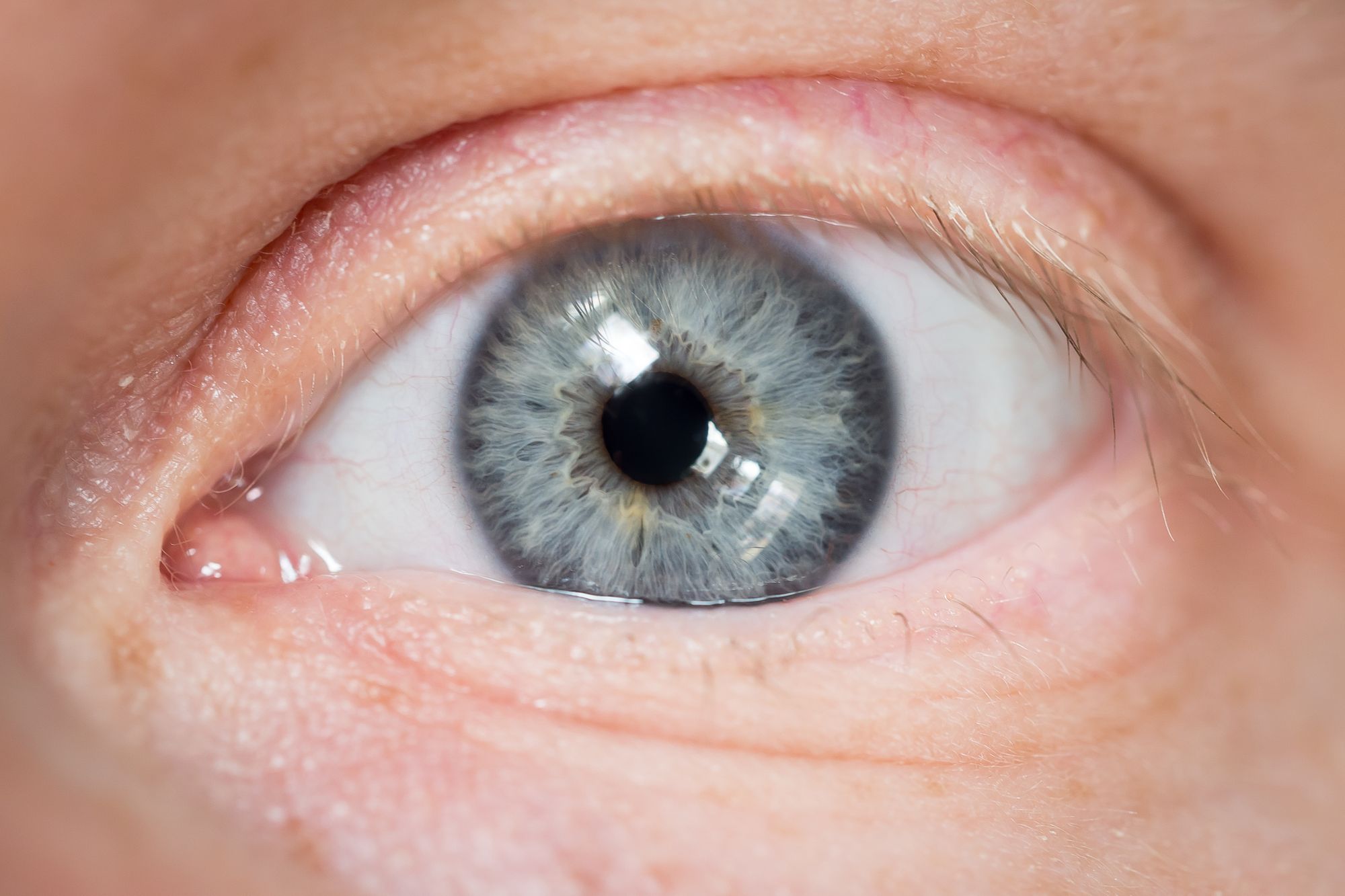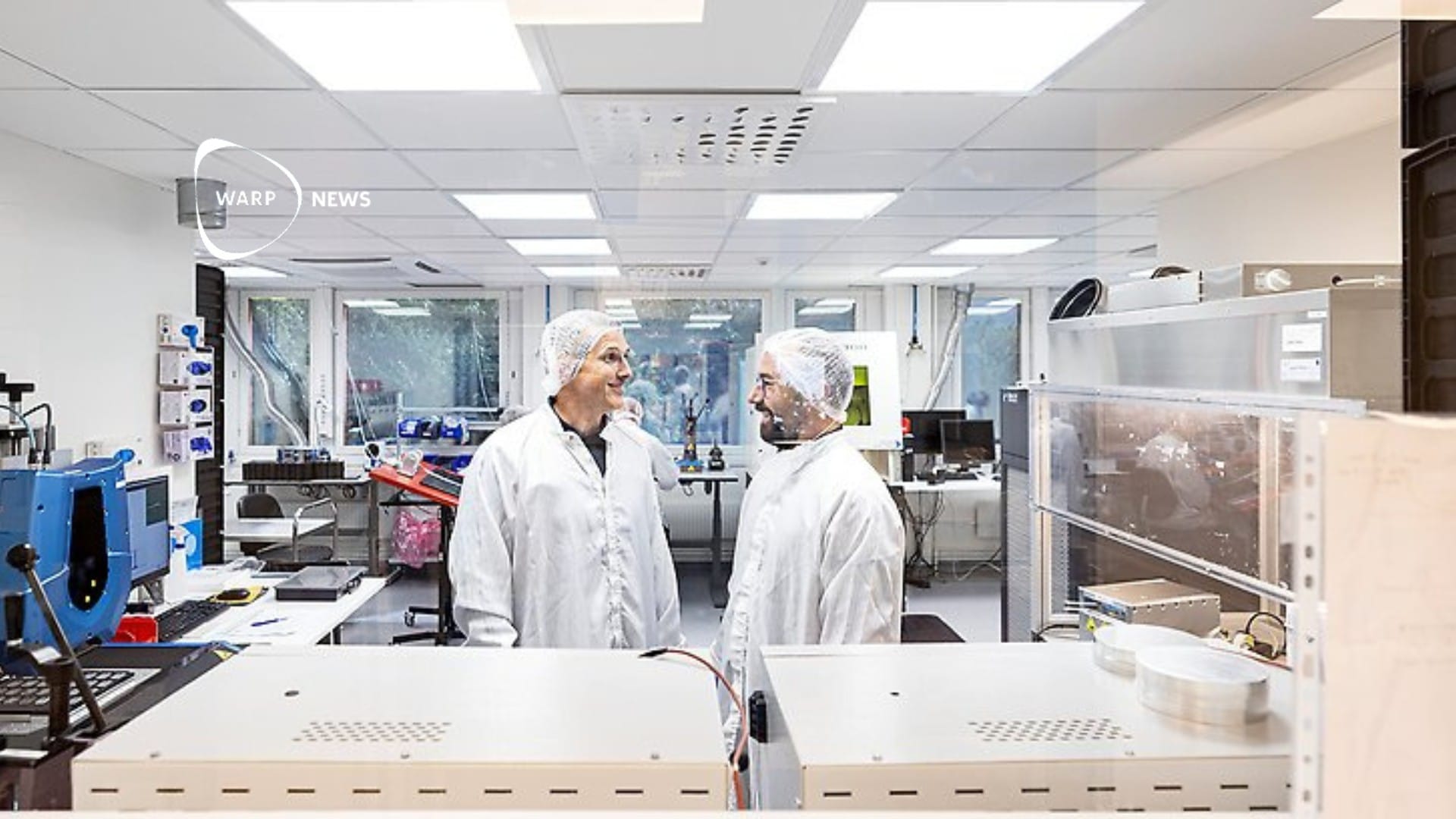
👁 Red light improves vision
By looking at a red light in the wavelength 600 - 1000 nm for three minutes a day, age-related impairment of vision can not only be stopped but even reversed.
Share this story!
With age, the vision of us all deteriorates. The retina, where light is transformed into visual impressions, ages faster than other organs in the body, starting around the age of 40. Now it turns out that there is a simple and inexpensive solution to counteract this deterioration of vision. By staring into a red light for three minutes a day, impaired vision can not only be stopped, but an already impaired visual ability can be reversed and improved.
Red light at wavelengths between 650 and 1000 nanometers, deep red in color, has already been shown to strengthen the function of the mitochondria. The mitochondria in our cells are responsible, among other things, for producing the substance adenosine triphosphate , which supplies rods and drops in our eyes with energy. This production decreases over the years, with the help of the deep red light, the production can return to previous levels and thus strengthen the vision.
"The technology is both simple and safe, by using red light at specific wavelengths that are absorbed by the cells' mitochondria in the retina, which give energy to the function of the cells. Our equipment costs about £ 12 (about $ 140) to make, so it's easily accessible to the public," says Professor Glen Jeffrey of the UCL Institute of Ophthalmology , lead author of the article.
The study was conducted on 24 subjects between the ages of 28 and 72. These were each given a LED light with a wavelength of 670 nm which they would look into for three minutes a day. The results showed that there was no significant effect on younger people, but for people older than 40, improvements in vision of up to 20 percent could be shown. The improvements were greatest in the blue parts of the color spectrum, which are the parts most affected by aging.
Photo: Per Pettersson , CC BY-NC-SA
By becoming a premium supporter, you help in the creation and sharing of fact-based optimistic news all over the world.


